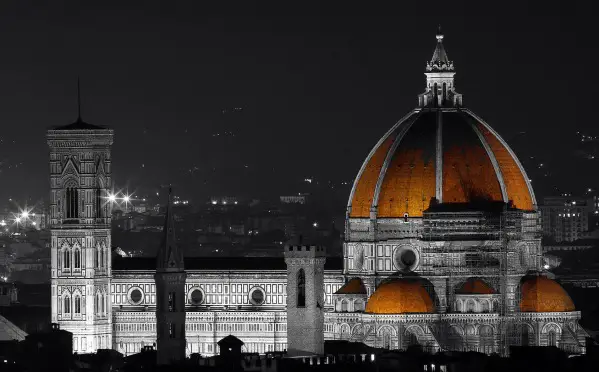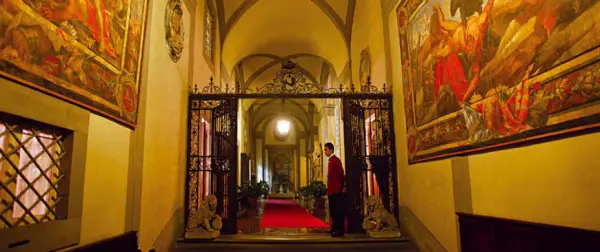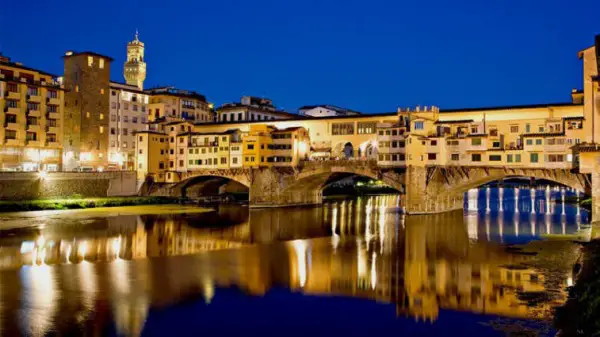Palazzo Magnani Feroni offers a typical experience of travel accommodations among Italy’s own artistic wonders
The art of travelling is becoming increasingly difficult.
We travel to discover different customs and explore the different thoughts, gestures and resources we can find far from the security of our own habits.
Nowadays, our habits can evolve and bring us to the ends of the world. So before you travel, it is important to reflect on your own expectations and if what we are looking for is a complete immersion in the atmosphere of the chosen destination. If so, the choice of accommodation is anything but secondary.
There are accommodations inserted into the cultural and urban fabric so to represent a continuation of the experience: such as to sleep in a five star hotel in Bali and have a roof of leaves overhead, or relax in luxury tents in the African savannah in order to be next to the wildlife.
So what about Italy? What kind of hotel could represent the most typical experience of living among its own wonders? The answer varies from destination to destination.
The cities of Italy distinguish themselves between European destinations for their offering of real open-air museums.
To admire artistic masterpieces in different places from where they originally were conceived, always involves a loss in terms of understanding and appreciation.
 Let’s take the Baptism of Christ by Piero della Francesca, for instance. The fresco was painted according to a prospective game because of the narrow apse of the small chapel it was bound to. That’s one way of putting art over limitations and to turn it into beauty.
Let’s take the Baptism of Christ by Piero della Francesca, for instance. The fresco was painted according to a prospective game because of the narrow apse of the small chapel it was bound to. That’s one way of putting art over limitations and to turn it into beauty.
It keeps on impressing visitors even while hung in the modern halls of the National Gallery in London, but it is a fact that our perception of it today has lost the chance to learn something more.
What a visit in an art city can give you more of, is the chance to see a ceaseless line between artistic masterpieces and their inspired creative sources.
The Duomo in Florence, for instance, thanks to the central position of the city, benefited from a variety of materials from all Tuscany which gave the church the fanciful polychrome that made it famous in the world. Local materials, local views and local thoughts given to understand why you should try to live at least one day as an ancient Florentin citizen.

Now you can not sleep in a museum, but you can however experience how the life could be in Florence during XVI century at Palazzo Magnani Feroni.

This is a real hotel and a real ancient building well conserved at the same time.
Recently posted by Tripadvisor among the ten most beautiful palace hotels in the world, it retains the atmosphere of the Renaissance to such an extent that the hall at evening is lit only by candlelight.
All suites save original frescoes from ‘500, and the ceiling in the breakfast room comes from Palazzo Farnese in Roma.
Outside beyond the huge front door, there is Oltrarno’s life with the quaint artisanal shops.

Beyond the Santa Trinita Bridge, there are Palazzo Vecchio, the Uffizi, the Bargello, the Duomo, all within walking distance, without any modern interference to disturb the charm of this journey through time.
Palazzo Magnani Feroni website: www.palazzomagnaniferoni.com
Also read: Palazzo Magnani Feroni: A Luxury Accommodation in Florence